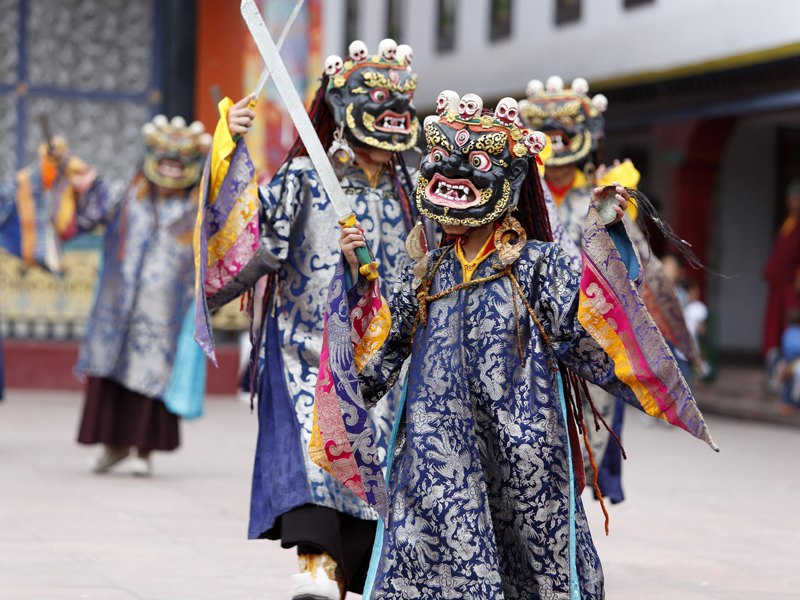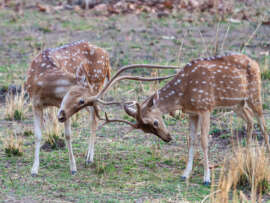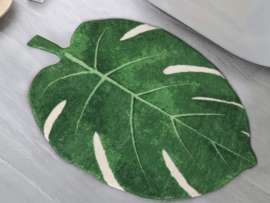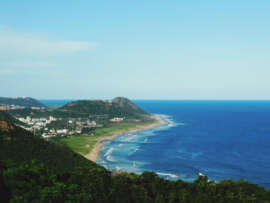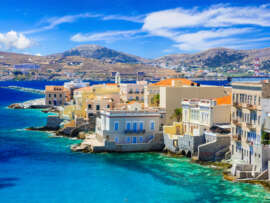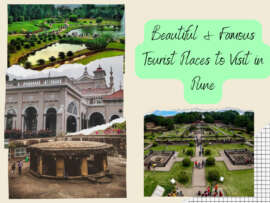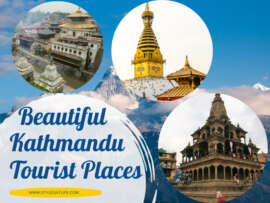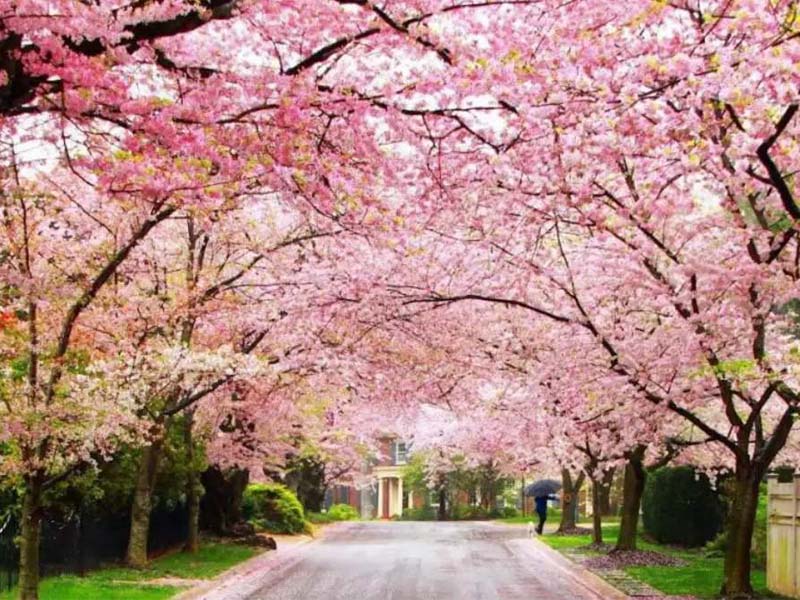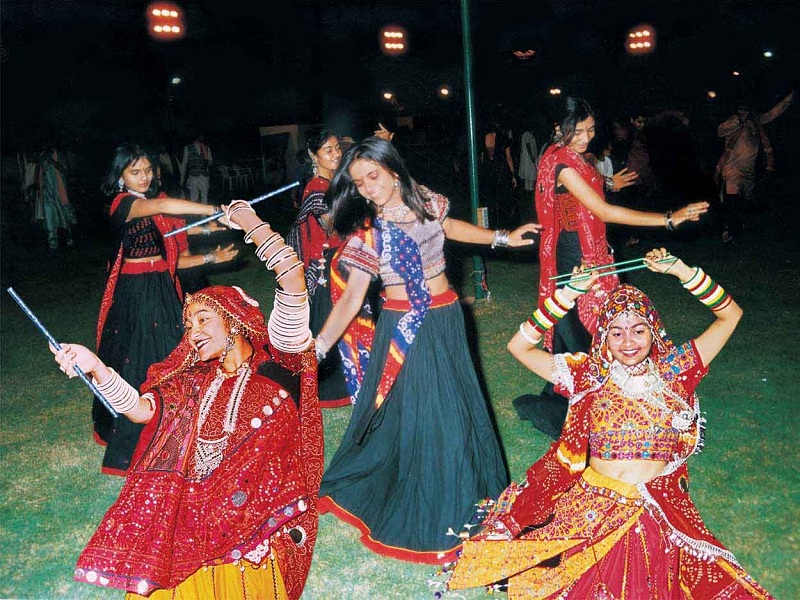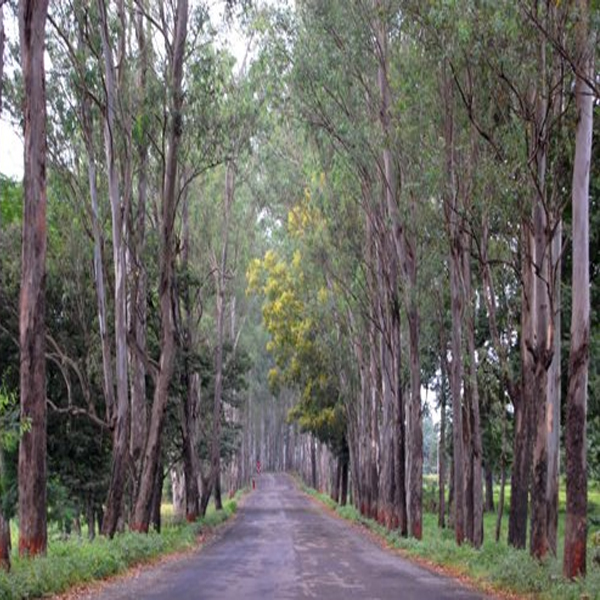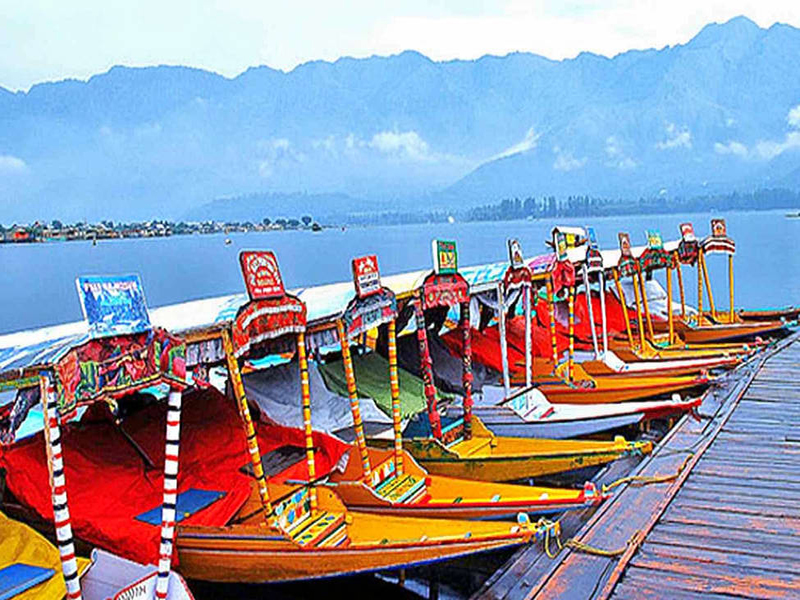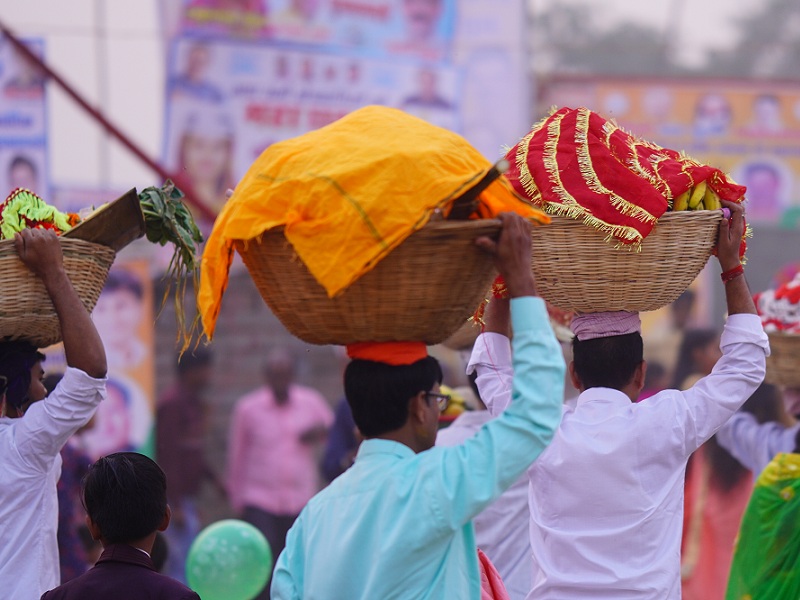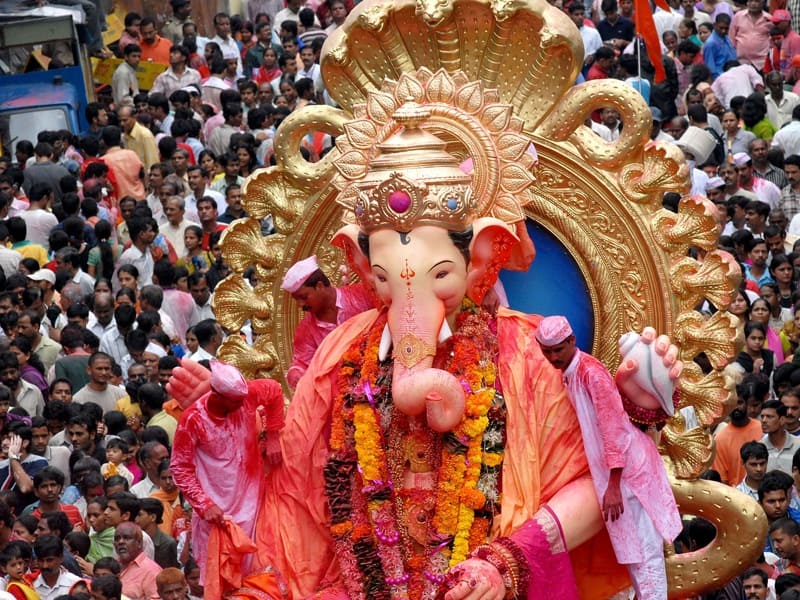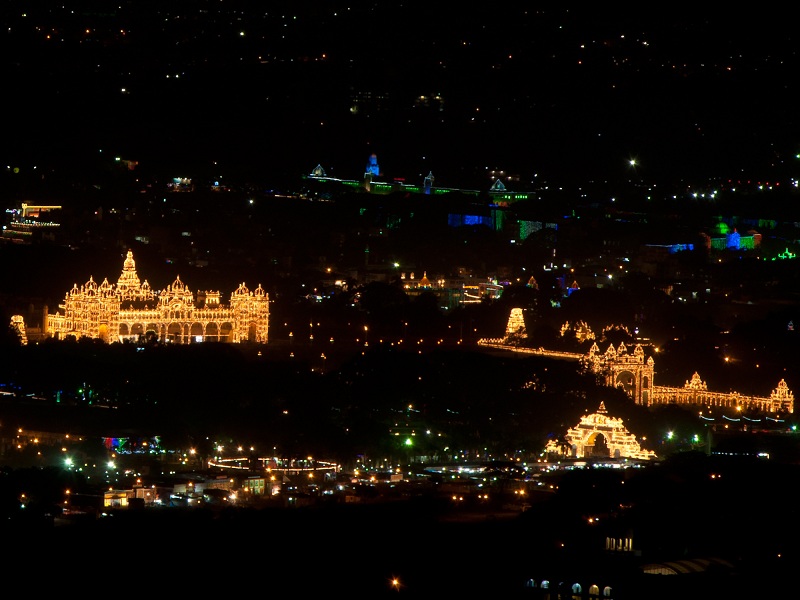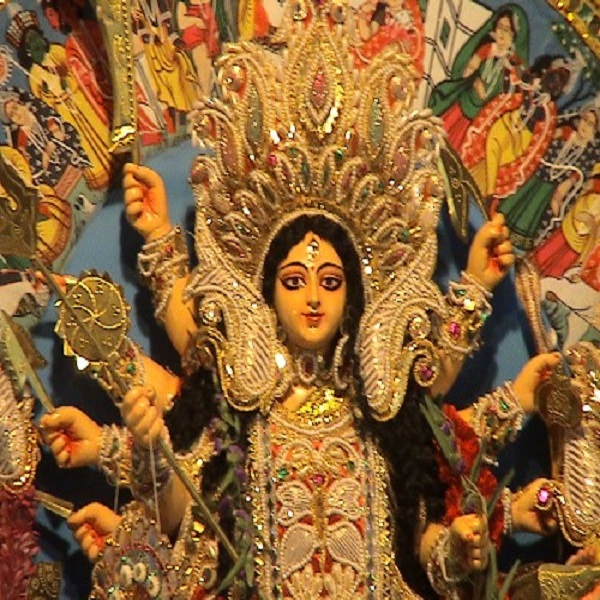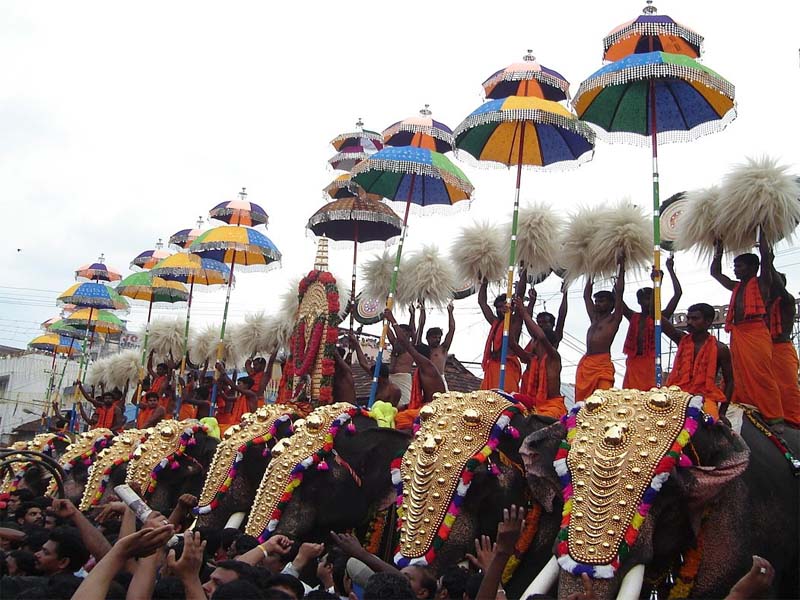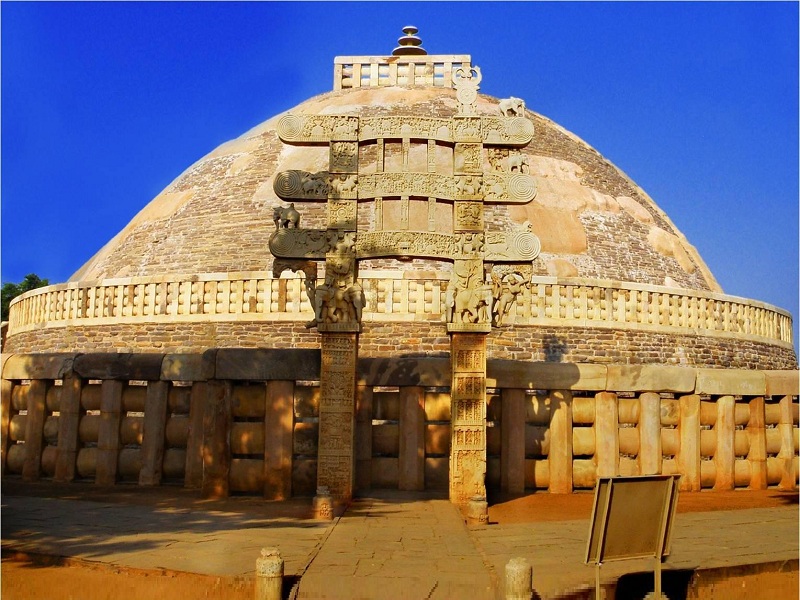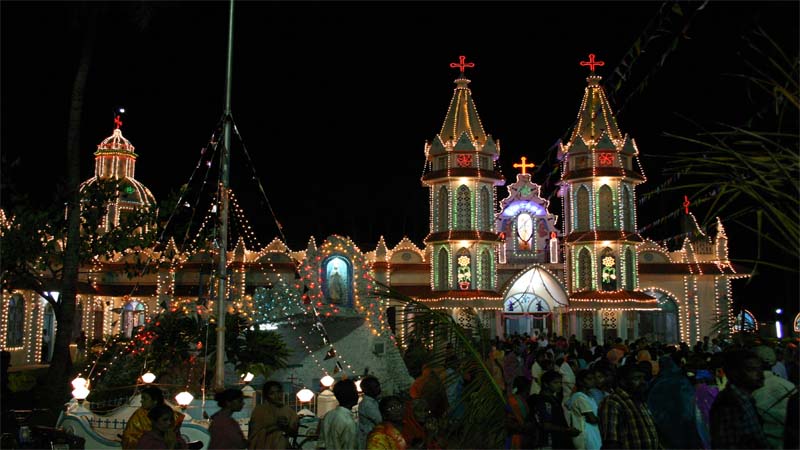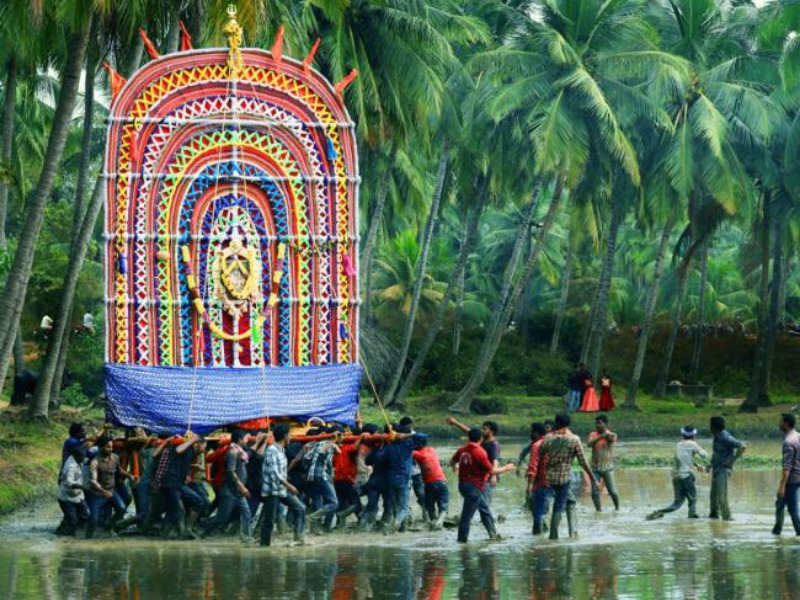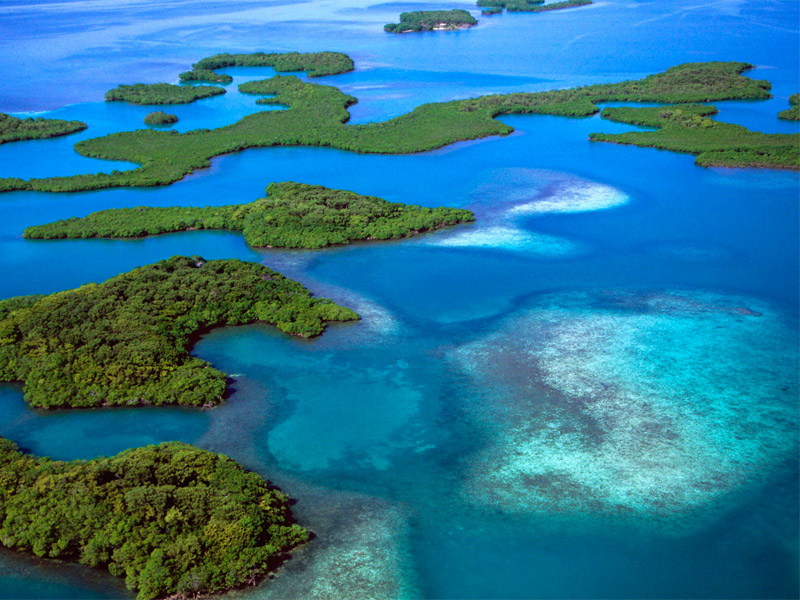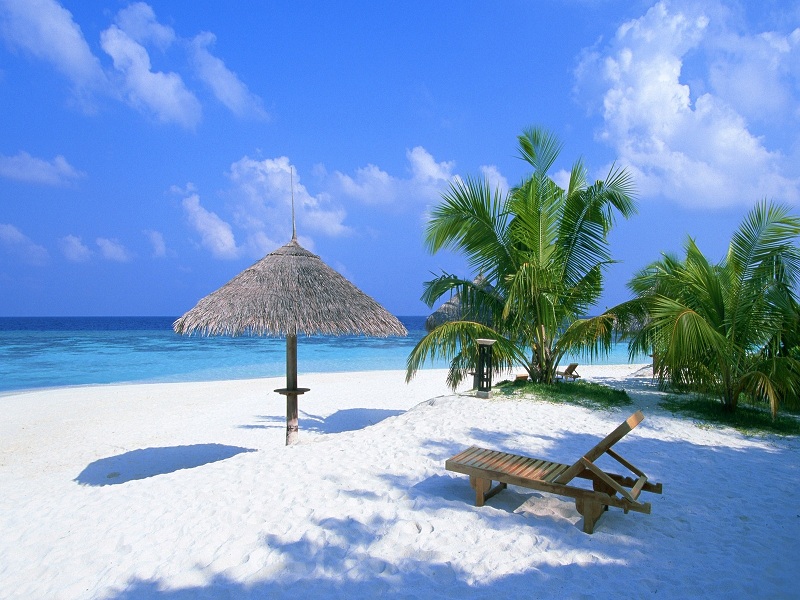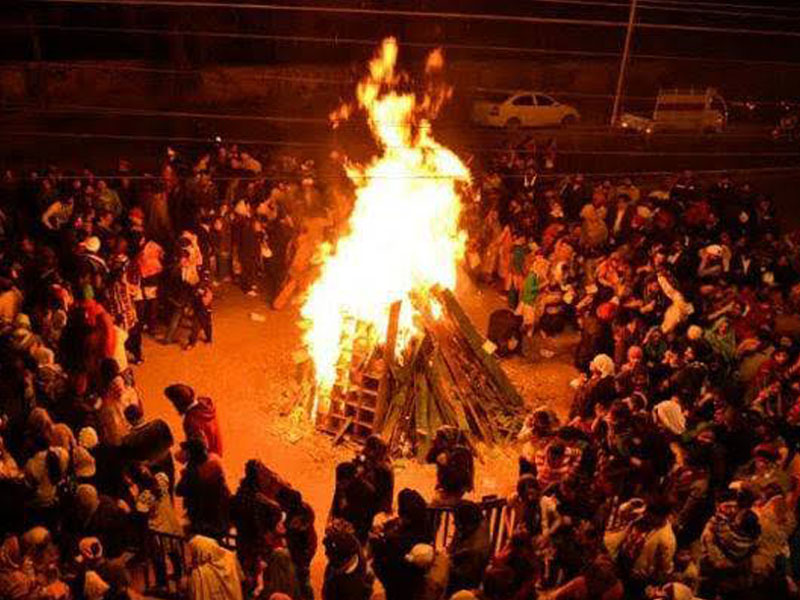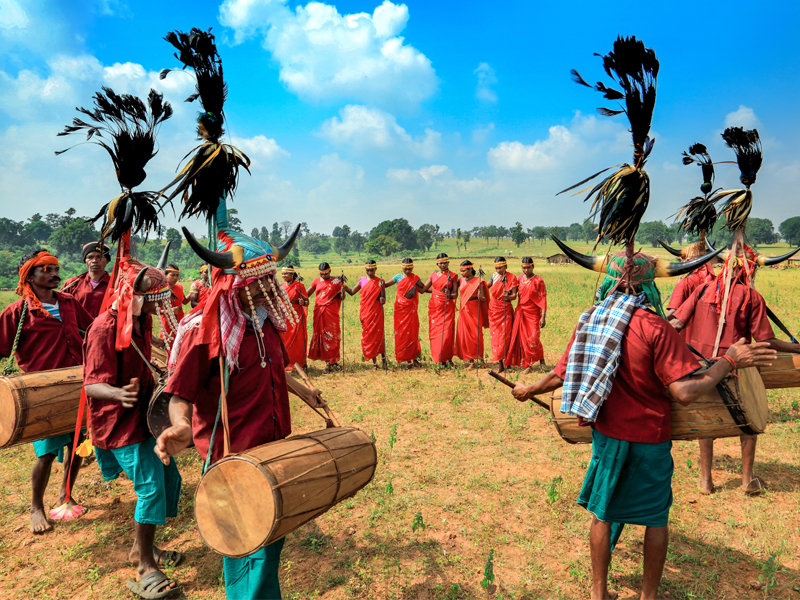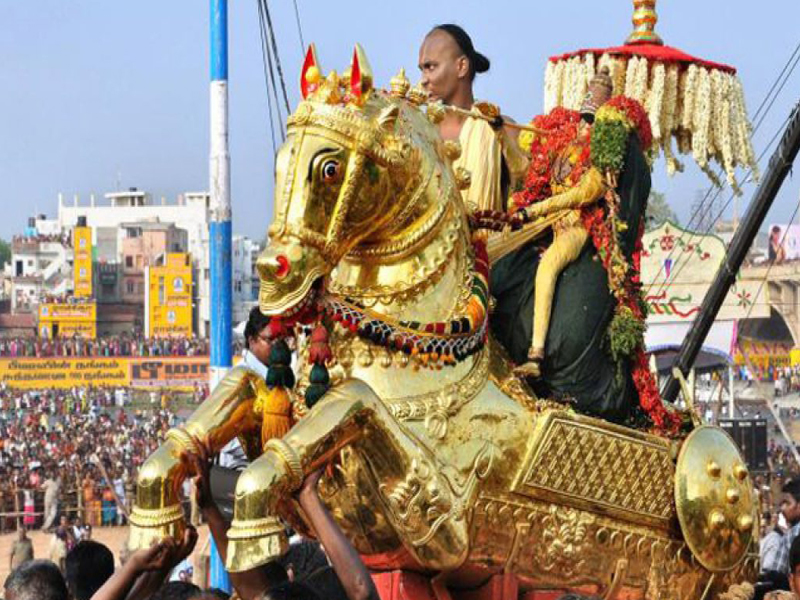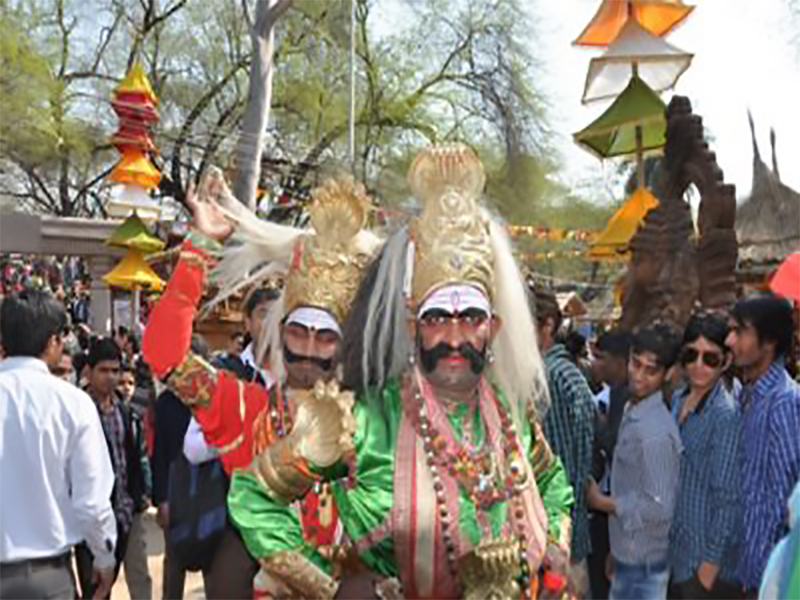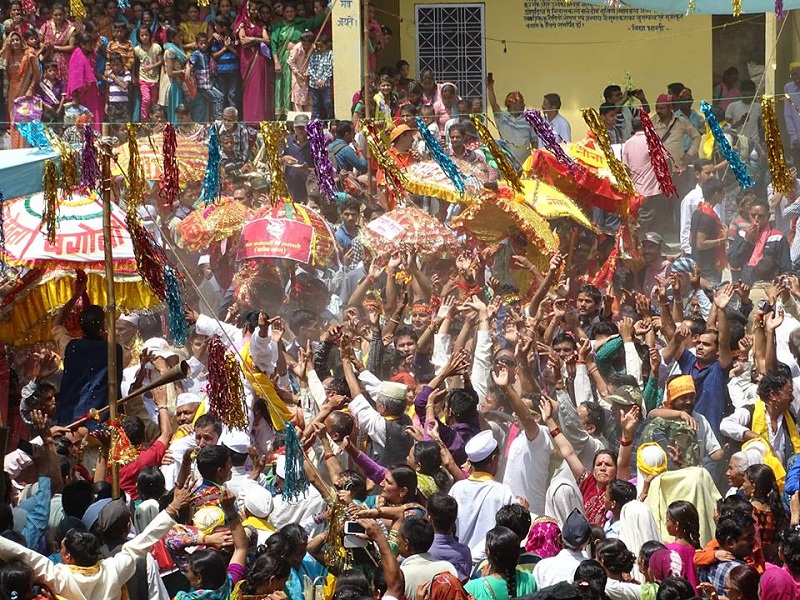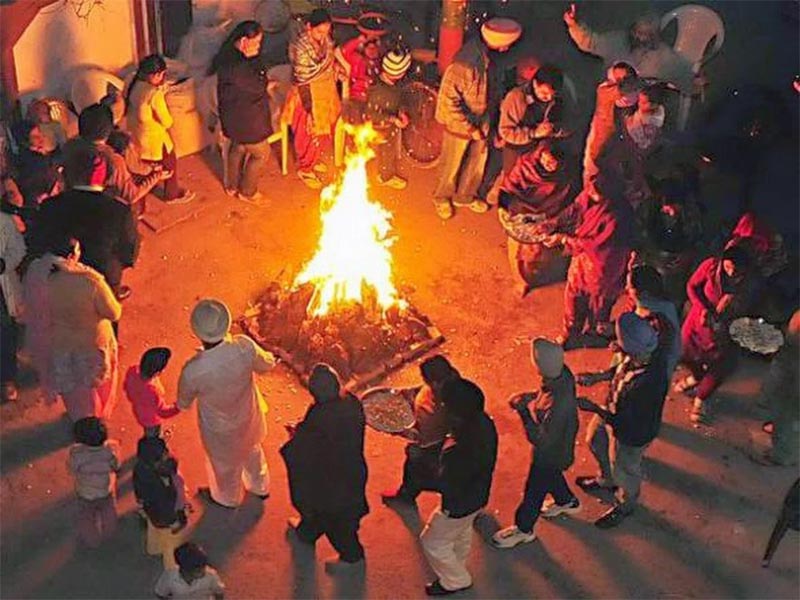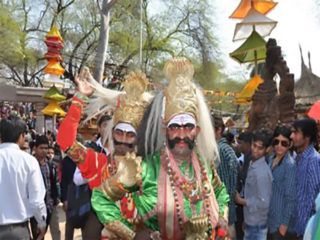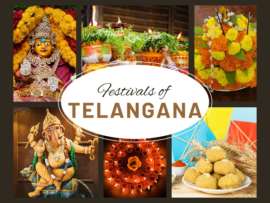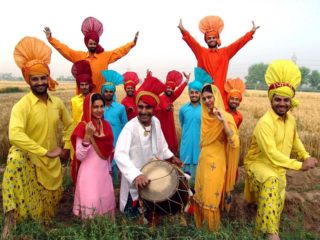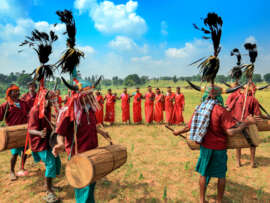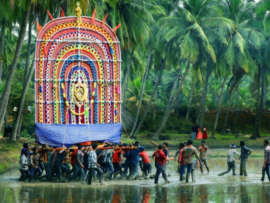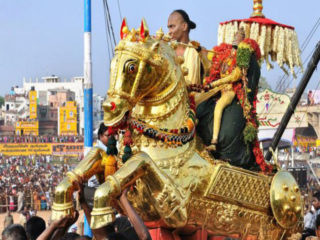We all know that Sikkim is home to breathtaking glaciers, varieties of flowers and beautiful landscapes, making it a top travel destination. But did you know the state is also known for its festivals? Yes! Sikkim festivals depict the amalgamation of elements such as hordes of history, many colours and vibrancy, making these festive occasions memorable. Moreover, the entire rituals, ceremonies, and things to do during these festivals make it a spectacle that one shouldn’t miss while on holiday.
Without further ado, check out the Sikkim festivals mentioned in this article that will help you plan a vacation. Read on!
Famous Festivals of Sikkim You Must Experience:
We all know that Sikkim is an exceptional tourist destination and Sikkim festivals are the cherry on top. Check out the details of many festivals mentioned in this article which will help you enjoy the tradition and culture of the state.
1. Losar Festival in Sikkim – A Tibetan New Year:
The Losar festival of Sikkim is one of the most widely known festivals in Sikkim. Losar translates to New Year in English and is a Tibetan word. This festival celebrates the farmer’s hard work and patience because it coincides with the harvesting season’s end. This festival combines the harvest and land of the local communities, which are celebrated with great enthusiasm and zeal. Tibetan Buddhists residing in this beautiful state have special importance for the Losar festival. Another significance of this festival is that locals offer a mixture of roasted barley flour and butter at their home altars.
- Key Attraction: Folk dance and music performances, evening procession and cooking various special dishes.
- When: February.
- Where: Rumtek Monastery and Phodong Monastery.
- Duration of Festival: Five to fifteen days.
2. Losoong Festival of Sikkim – Sikkim New Year:
Losoong is one of Sikkim’s most important festivals, indicating the start of the Sikkimese New Year. This is why this festival is celebrated with immense joy and enthusiasm. The celebration is doubled because this festival coincides with the harvesting season for the local communities. You can taste many Sikkimese cuisines and visualize traditional ceremonies, rituals and folk dances. Tourists from all over the country come to the place who are curious about the culture and tradition of the area. The Losoong festival’s dates are determined based on the Tibetan Lunar calendar and change yearly.
- Key Attraction: The Chaam dances at the monasteries.
- When: December.
- Where: Phodong and Rumtek Monasteries.
- Duration of Festival: 4 days.
3. Drupka Teshi Festival Sikkim:
Drupka Teshi is another amazing Sikkim festival celebrated by Buddhists in the state. This festival is celebrated around August, on the fourth day of the sixth Tibetan month. According to history, Buddha lectured his first sermon of four noble truths to his five disciples in Sarnath. Therefore this festival is celebrated with excitement. It is also believed that Lord Buddha has turned ‘The Wheel of Dharma’ for the first time. Every year a yak race is also conducted during the festival.
- Key Attraction: Yak race.
- When: July and August.
- Where: Muguthang.
- Duration of Festival: One day.
4. Saga Dawa – The Biggest Festival of Sikkim:
One of the famous festivals of Sikkim is the Saga Dawa festival, which celebrates Lord Buddha’s birthday. This day is also very important for people who follow Mahayana Buddhism. This festival helps you understand Buddhism tourists’ and travellers’ basic principles. During these festival days, Buddhist monks lit butter lamps in the monasteries. It is believed that this is the monk’s way of showing their obeisance to Lord Buddha.
- Key Attraction: The monks make glimmering butter lamps which look very attractive.
- When: June.
- Where: Various monasteries.
- Duration of Festival: One day.
5. Maghe Sankranti – Cultural Festival of Sikkim:
Maghe Sankranthi marks the onset of warmer weather in the state and is one of the famous Sikkim cultural festivals. The norm of this day is taking a holy dip at the convergence of sacred Teesta and Rangeet rivers. The Jorethang Maghe mela is one of the biggest fairs that is a part of this carnival. Many local customs, traditions and beliefs are associated with this festival, which has religious and spiritual significance.
- Key Attraction: Food stalls, You can witness the traditions and rituals of the local culture.
- When: January.
- Where: All over the state.
- Duration of Festival: One day.
Read: Is Sikkim Good for Honeymoon?
6. Sonam Lhosar – Famous Festival of Sikkim:
Sonam Lhosar is one of the famous festivals of Sikkim, celebrated by the Tamang community. This festival marks the beginning of the Tibetan New Year, and the rituals associated with the festival are celebrated with great zeal and fanfare by the community. Masked men get rid of all the negative energies and evil spirits by dancing to the rhythmic beats of Damphu. Men and women wear traditional and colourful attire. During this time, the exotic Tamang cuisine is delectable.
- Key Attraction: Masked lamas perform the Damphu dance, and Tamang folk songs called Tamang Selo are sung melodiously.
- When: January – February.
- Where: Monasteries and Homes.
- Duration of Festival: Five to 15 days.
7. Chaite Dashain – Ramnavami Festival in Sikkim:
Chaite Dashain is the most important festival celebrated in Sikkim. Lord Rama is remembered fervently during this occasion. Locals and tourists enjoy get-togethers and festive meals during this festival. You can plan a vacation during the months of March to April months if you wish to enjoy this festival. Chaite Dashain is one of the main festivals of Sikkim.
- Key Attraction: The joyous celebration is observed in all the temples. Delicious festive meals are cooked and served.
- When: March or April.
- Where: All over the state.
- Duration of Festival: Two days.
8. Tendong Lho Rum Faat Festival Sikkim:
One of Sikkim’s most ancient and significant festivals is the Tendong Lho Rum Faat. This festival celebrates the Tendong hill, which protected the Local Lepcha tribe’s ancestors from flash floods which lasted 40 days and 40 nights. Although primary rituals and ceremonies happen in Namchi, the grand festivities are celebrated throughout the state. The festival’s highlight is the trek that goes to this hill from Ravangla. Experience the adrenaline rush on your journey by planning a vacation during this festival.
- Key Attraction: The Ravangla mountains have stunning views, and the festival is associated with adventure.
- When: August.
- Where: Tendong Hill.
- Duration of Festival: Three days.
9. Dussehra – Main Festival of Sikkim:
Dussehra is one of the main festivals of the Hindu Nepalese community of Sikkim. This festival is celebrated in October, which coincides with the same way Dussehra is celebrated in the country’s other parts. From the first to the ninth day, Goddess Durga is celebrated, and several rituals are performed. For example, on the tenth day, elders bless the young ones and bless them by applying tika. In addition, elders give a gift or cash as a token of blessing to the younger ones.
- Key Attraction: People worship different manifestations of Maa Durga.
- When: October.
- Where: All over the state.
- Duration of Festival: Five days.
10. Tihar – Diwali in Sikkim:
Tihar is a popular Sikkim festival called Diwali in other parts of the country. This occasion is on an off-beaten track and tells us many cultural stories of the state. The festival is celebrated for five days, and each day is associated with something special for the entire duration of this festival.
For example, crows are worshipped on the festival’s first day, which is considered a symbol of sadness and sorrow. Doga is glorified and offered garlands and tilak on the second day of the celebrations, called Kukkar Tihar. Each day some of the most significant animals in Hindu mythology are honoured.
- Key Attraction: The celebration with animals is a sight to see, Crows are worshipped, and several sweets are served.
- When: October – November.
- Where: All over the state.
- Duration of Festival: Five days.
11. Bhumchu Festival in Sikkim:
Bhumchu is translated to a sacred pot of water, and the ceremonies and rituals of the festival can see the same representation. This occasion is celebrated with great pomp and show, with traditions and rituals being the specific focus, similar to other Sikkim festivals. The monks at Tashiding Monastery open the sacred vase of water on the first day of the festival. This vase is used to generate forecasts and the future of the coming year. Then, the pot is re-filled with water from the sacred river nearby and sealed to be opened next year during the closure ceremony on the second day. You can look into a deep insight into Buddhism and its customs and rituals during this great occasion.
- Key Attraction: Performing sacred rituals on the first day of the festival.
- When: February – March.
- Where: Tashiding Monastery.
- Duration of Festival: Two days.
12. Indra Jatra Festival Sikkim:
Indra Jatra is a Sikkim festival celebrated by the Nepalese community in Sikkim. The entire state celebrates this festival with huge fanfare, and it is named after Lord Indra, the Hindu god of rain. Locals and tourists seek blessings of rain gids in showers and rain forms during this festival. During this festival, you can look at the many classical dance performances using masks and huge chariot processions.
- Key Attraction: Huge chariot processions, Classical dance performances.
- When: September.
- Where: Gangtok.
- Duration of Festival: Eight days.
13. International Flower Festival:
The International flower festival in Sikkim is celebrated at the White hall in Gangtok, which begins in May. An extensive array of retail garden products from different parts of India are displayed during this event, along with the best floral and landscape talent. The flower festival in Sikkim attracts a herd of locals and tourists with its eye-pleasing and endless species of flowers. Followed by the flower show, local delicacies are served and cherished during a food festival.
- Key Attraction: Beautiful floral landscape, display of a wide variety of herbal products.
- When: May.
- Where: Gangtok.
- Duration of Festival: One month.
14. Sikkim Paragliding Festival:
There are many places in Sikkim which offer locals and tourists Paragliding. But visit Sikkim during the Annual Sikkim paragliding festival in October and November in Gangtok for the best paragliding experience owing to the serene vibes and pleasant weather. Moreover, this festival’s wide range of fun activities makes your time worth spending. The Sikkim Paragliding Adventure sports society and Paragliding Association of India conduct this festival in association with Sikkim tourism which involves many Indian and international pilots’ participation. Free-flying, tandem flights, spot landing, and arco show are some of the major festivals, along with many cultural programs are the highlights of this paragliding festival.
- Key Attraction: The views of the valley, Paragliding.
- When: October – November.
- Where: East Sikkim near Gangtok.
- Duration of Festival: Four days.
Although some festivals are celebrated all over the country with different names, some Sikkim festivals are unique to the state. Go through the list of the Sikkim festivals mentioned in this article that will help you get a peek into the history and culture of the state. Don’t forget to let us know if you found this article helpful!
FAQs:
1. What is Sikkim’s popular food?
Ans: Some of the most popular foods of Sikkim are Thupka, a noodle-based soup with vegetables or meat, and Momos, another popular food of this state.
2. What are some of the popular spots for sightseeing in Sikkim?
Ans: If you want to witness the beauty of Sikkim, you can visit numerous tourist spots. Some of the popular sites for sightseeing in Sikkim are:
- Tsomgo lake.
- Nathula pass.
- Yuksom.
- Lachung.
- Lachen and Yumthang valley.
- Namchi.
- Ravangla.
- Zuluk.
- Teesta river.
- Gangtok.
- Pelling.
- Singalila national park.
3. What are the things you can buy in Sikkim?
Ans: Prayer flags, woollen carpets, canvas wall hangings, and tea are some of the must-buy things in Sikkim. Furthermore, you can enjoy a perfect shopping experience by visiting MG Road, New Market, Lal Bazaar, Old Market, New Market and the Directorate of Handicrafts and Handlooms.


